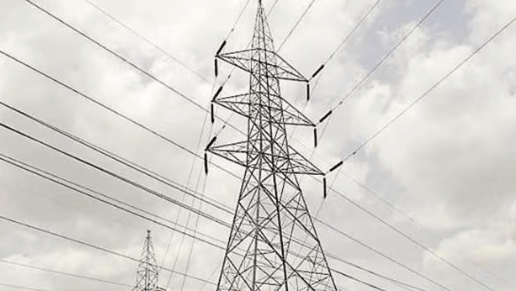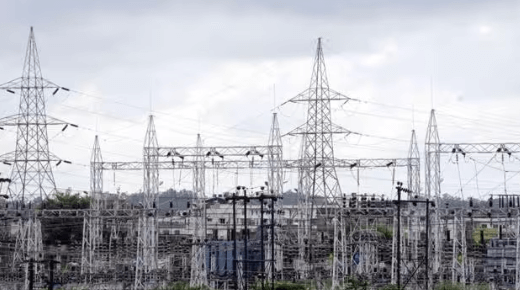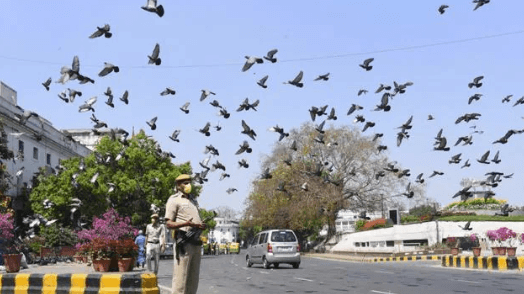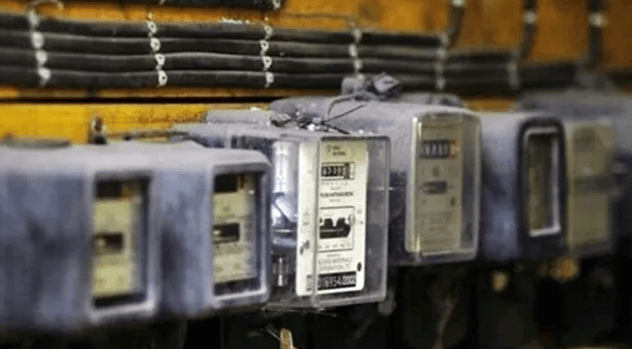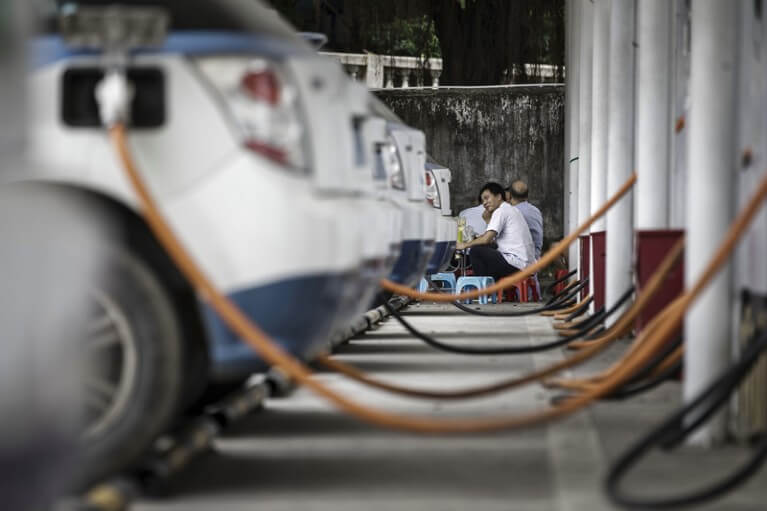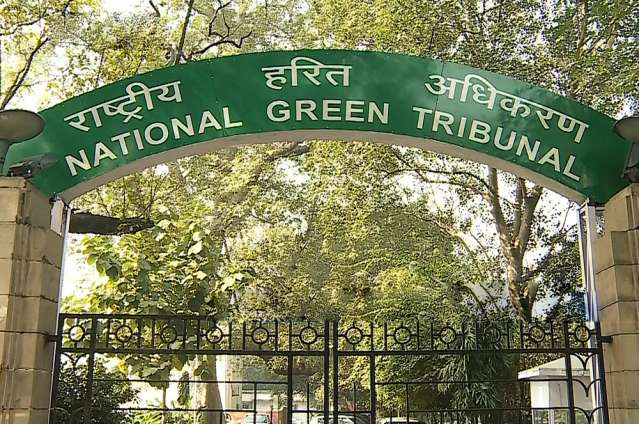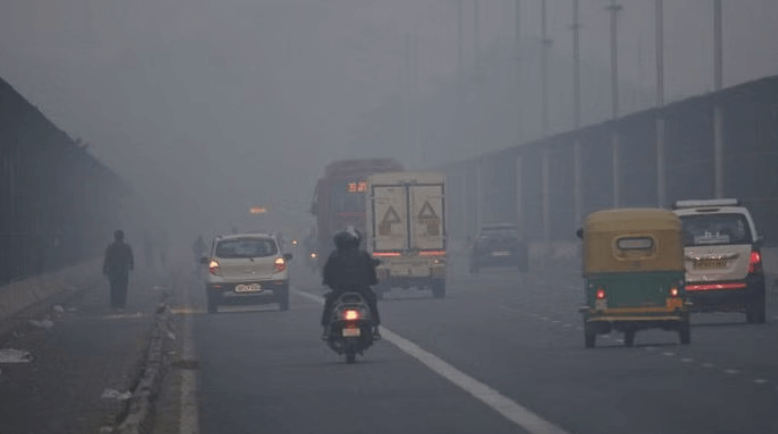Publication Year: 2020
The politics of power in times of a pandemic
China and India in the Himalayan climate crisis
Summary
This article describes an unprecedented threat to large parts of India and China emanating from receding glaciers in the Himalaya. It posits that this threat will require these countries to redefine their security calculus by moving beyond military and economic fixations to incorporate an ecological dimension. It suggests four actions – two regional and two international – that could help them set the tone for cooperation in coming decades.
Some of these actions may seem unlikely against the backdrop of stark geopolitical competition today but this article points out that the building blocks for action have already been put in place: research networks for glacial science; regional electricity grids; international finance institutions jointly led by India and China; and joint negotiating positions that define international climate negotiations. The art of diplomacy will vest in transforming these incipient actions into transformative projects that not only define the bilateral relationship for the rest of the century, but make a dent in staving off the worst of a Himalayan disaster.
Imagining a different, better future
Prepaid power is not the silver bullet to solve problem of discom finances
Emissions: World has four times the work or one-third of the time
Summary
A decade of insufficient political action on climate change means that nations must now do four times the work — or do the same in one-third of the time — to comply with the climate pact they made in Paris. The authors’ conclusions are based on a synthesis of all ten editions of the Emissions Gap Report produced by the United Nations Environment Programme (UNEP). Each year for the past ten years, this report has examined the difference (the ‘gap’) between what countries have pledged to do individually to reduce greenhouse-gas emissions, and what they need to do collectively to meet agreed temperature goals. The co-authors find that the required emissions cuts from 2020 to 2030 are now more than 7% per year on average for the 1.5 °C temperature limit set in Paris and 3% for 2°C. Had serious climate action begun in 2010, the cuts required to meet the emissions levels for 2 °C would have been 2% per year, on average. The time window for halving global emissions has also narrowed: today it is 10 years for 1.5 °C and 25 years for 2°C; it would have been 30 years in 2010. Some countries, regions, cities and businesses have promised or implemented urgently needed climate action, however. For example, 76 countries or regions and 14 subnational regions or states have set or even implemented net-zero emissions goals. Closing the gap will require scaling up these few success stories and mirroring them with progress in every sector.
Read moreLitigating Climate Claims in India
Summary
Jacqueline Peel and Jolene Lin’s informative assessment of climate litigation in the Global South is a vital and timely contribution to the growing literature on the issue. It relies on a definition of climate litigation that allows the authors to draw on a much larger set of cases from the Global South by including cases in which climate concerns are “at the periphery.” This essay examines climate litigation in India. Although the term “global warming” started appearing in Indian environmental judgments in the 1990s, climate litigation in India is of relatively recent provenance, and with a few exceptions, climate concerns are peripheral to other, more mainstream environmental issues. Peel and Lin analyze five Indian cases as part of their Global South docket; Ghosh expands this set by including fourteen more cases that she believes fit their article’s chosen definitional ambit. She classifies these cases into four categories based on the use of climate language—reference to climate change, greenhouse gas (GHG) emissions, or the international negotiations—in the courts’ judgment. Drawing from case law analysis and Indian environmental litigation, Ghosh makes observations about what one can interpret from the current set of climate cases, and predicts that while conditions are favorable for climate litigation in India to grow, in the near future climate claims are likely to remain peripheral issues.
Read more
